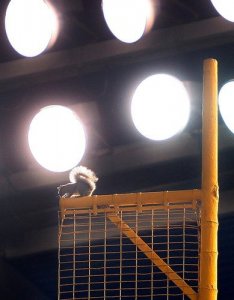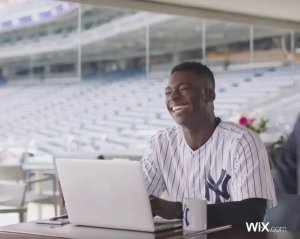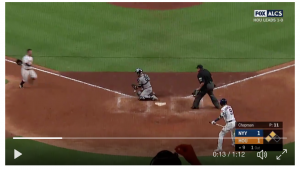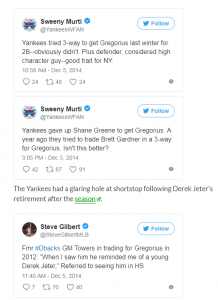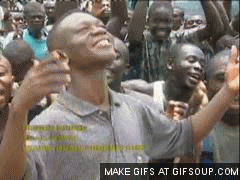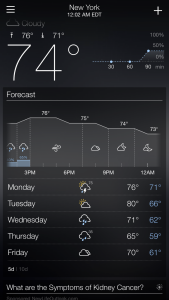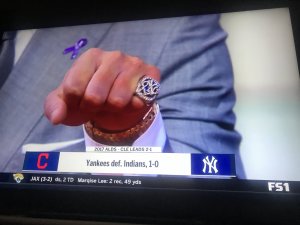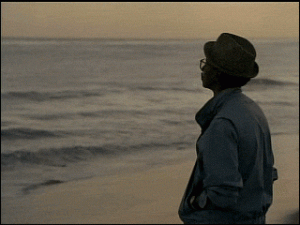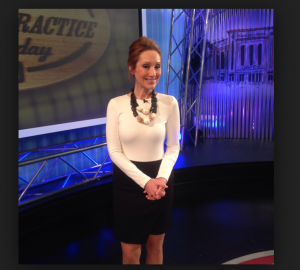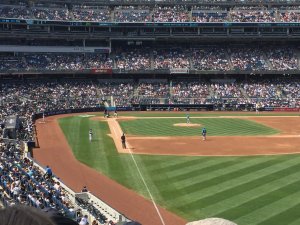Greg Bird’s early struggles aren’t as bad as they seem
By Evan Davis
Something wasn’t right with Greg Bird from the start.
This was the kid the Yankees were hanging a lot of their future hopes on; the one who, at the tender age of 22, logged a 137 wRC+ with 11 home runs in only 178 plate appearances back in 2015. Alex Rodriguez sang his praises. When Bird went down with a season-ending shoulder injury a year ago, Yankees fans waited with bated breath to see his return. He then posted the highest OPS of any player in spring training this past March.
And then, he vanished. Bird has posted a measly 35 wRC+ with only one home run in 72 plate appearances so far in 2017. His contact rate is poor. His isolated power percentage is practically non-existent. While Aaron Judge and Gary Sanchez have torn the league apart whenever they have stepped into the batter’s box, Bird has looked lost.
News broke on Tuesday that explained basically everything: Bird had been dealing with a right ankle bruise since the end of spring training, and was finally being sent to the DL to let it heal. Bird was playing hurt, and it was sapping him of his gifts.
Even though he dealt with an injury, there was probably less to worry about with Bird than initially seemed. Based on the quality of contact he made, along with some legitimate plate discipline, Bird might have been the unluckiest hitter in baseball in April.
Let’s begin with the plate discipline. Bird’s ankle threw his hitting mechanics off, since, as a lefty, his front foot was the bruised one. It became apparent that the seriously high whiff rate and the dangerously low contact rate on pitches inside the strike zone came from his inability to explode his swing through the zone.
However, Bird still possessed a strong eye. His 28 percent chase rate is solidly better than the league average. As such, he has been able to register an excellent walk rate of nearly 14 percent. While his ankle prevented him from connecting with the ball in the zone, his eye helped to get him on base.
What about when Bird did make contact? That’s where things get interesting. Bird has that 35 wRC+, and that grisly .100 isolated power percentage. By all accounts, he’s been terrible on contact.
The actual quality of contact tells a slightly different story. Expected Weighted On-Base Average, or xwOBA, properly weights all hitting events, including walks, and then uses a batted ball’s exit velocity and launch angle to tell us what a hitter should have produced. xwOBA helps to strip defense and luck out of batted ball events, so we can give a guy credit for loud outs and ding a guy for a bunch of squibbers.
It should be noted that xwOBA is not park-adjusted, so we do need to take the values it produces with a grain of salt. With that said, the metric is probably the most sophisticated way to measure a hitter’s skill, irrespective of the actual results.
Bird has posted a .311 xwOBA this year, just a hair below league average. His average exit velocity is sitting around the league average mark, but he makes the most of every ball by never putting them on the ground, as his ridiculous 19.4-degree average launch angle attests. Put it all together, and Bird hasn’t exactly been Superman, but he hasn’t been terrible, either.
That .311 xwOBA is a stark contrast to Bird’s actual wOBA of .222. Of the 260 players who have accrued at least 50 at-bats so far this season, only four have managed a worse difference between their xwOBA and their raw wOBA. Bird’s laughably low .135 average on balls in play should seal the deal on his rotten luck.
Translation: While Bird’s injury has prevented him from hitting at his fullest potential, he hasn’t been nearly as bad as he has seemed. He has had a good eye at the plate. He has made OK contact. At full health, he should begin to look like the guy Yankees fans saw in 2015 and in Florida last spring.
After all, the other Baby Bombers need some competition.



















